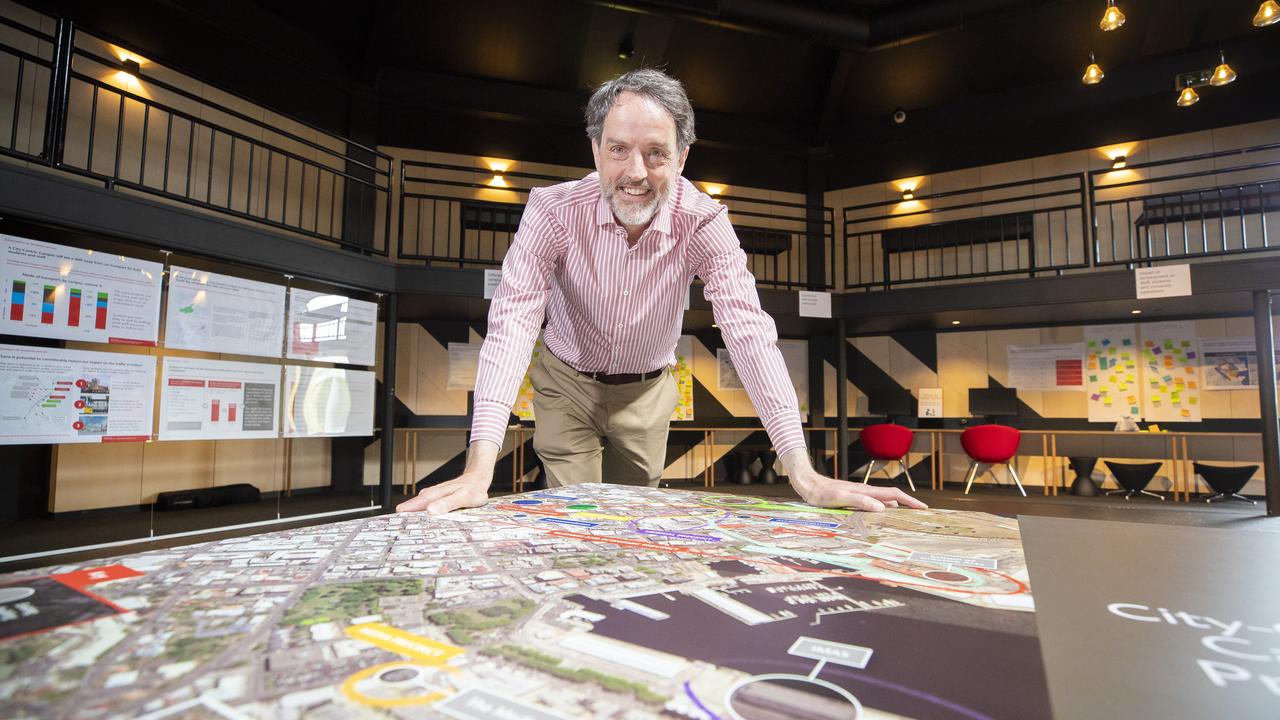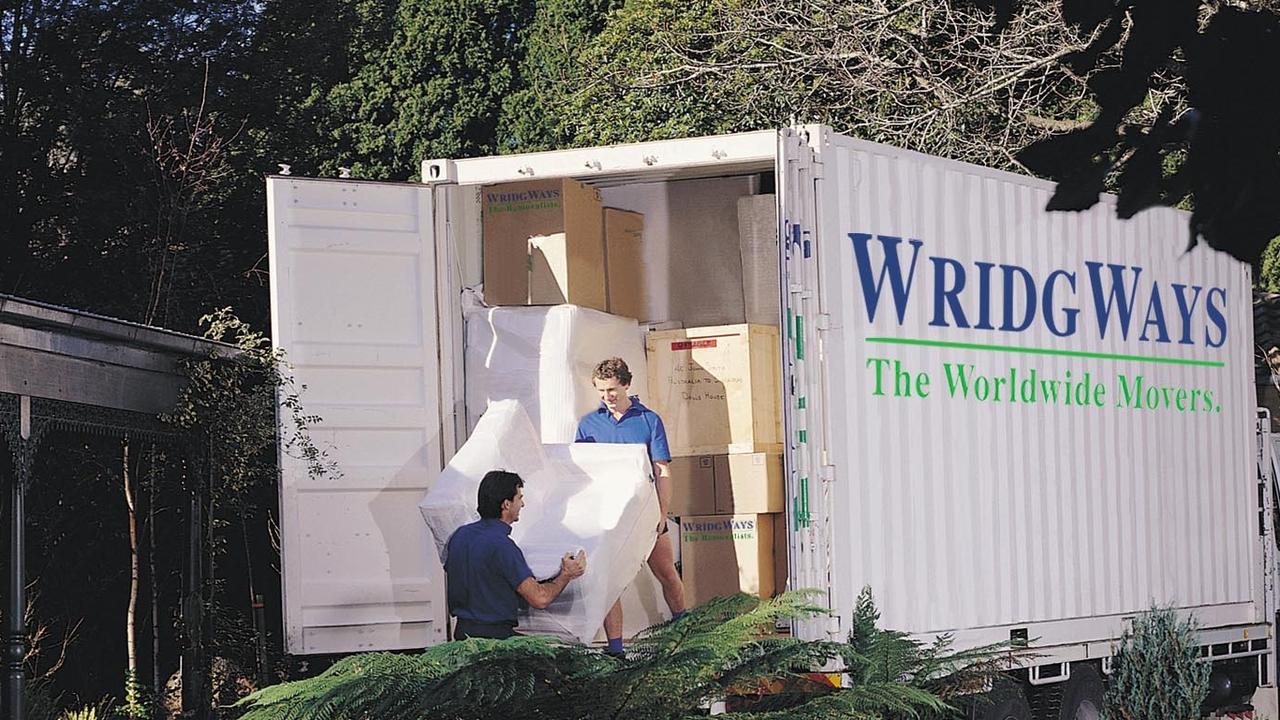University of Tasmania examines “city-centric” model in Hobart
VC Rufus Black has revealed new detail about the state of the university’s existing buildings and its examination of a potential “city-centric campus”

THE bulk of the buildings that make up the University of Tasmania’s Sandy Bay campus need replacing, with many of them under-utilised, failing standards for disability access, bleeding power and ranked as the worst out of all universities in Australia and New Zealand.
As UTAS leads a community conversation about the future of the institution’s southern facilities — currently spread across Sandy Bay and the Hobart CBD — Vice-Chancellor Rufus Black has revealed new detail about the state of its existing buildings and its examination of a potential “city-centric campus” in an interview with the Sunday Tasmanian.
Internal university documents showed:
TWO-THIRDS of the Sandy Bay buildings need replacement because of poor ratings for “building condition and functionality”.
ALL but one of the Sandy Bay campus’s 67 buildings are more than 10 years old and are not Green Star rated.
MOVING to the CBD would allow an extra 9 per cent of students living across New Norfolk, Brighton/Bridgewater, Midway Point and Huonville access to the uni within one hour.
RETAINING the distributed model would cost the university $570 million over 10 years, while developing a city-centric campus would cost $445 million — a difference of $125 million.
Professor Black said it was important Hobart understood the university was not offering a Brexit-style choice — rather, he said, it was time to plan properly for future generations of students and the broader Tasmanian population, which meant looking at where the university should be based.
MORE UTAS NEWS:
UTAS TO REVIEW CAMPUS SITE OPTIONS
UTAS SPLASHES THE CASH IN BUYING SPREE
‘SIMPLIFICATION AGENDA’ IN UTAS’ SAVINGS BID
STUDENTS CHALLENGED EVEN BEFORE CLASS STARTS
He said the university would never fully offload its Sandy Bay facilities if the decision was made to shift to the city.
Prof Black said the university would look at long-term leases on its buildings and other ways to “realise value” if that choice was pursued.
“This is two sets of options about how we are a university that’s either got its main weight in the city with continuing involvement or presence in Sandy Bay, or an evolution of our distributed model with some facilities in the city and some facilities in Sandy Bay,” Prof Black said.

“It’s important we don’t view it as a leave-remain choice — whichever direction we take will evolve in consultation over time with the community and all of the stakeholders.”
The university has bought a series of properties in Hobart’s CBD in the past four years, splashing almost $80 million across properties on Argyle St and Melville St, the former Forestry building, the MidCity, Fountainside and Theatre Royal hotels.
It has its media school, medicine school, a future performing arts centre and the School of Nursing and Midwifery in the Hobart city precinct.
The university has been criticised for its exemption from general rates — applicable to all properties used for educational and accommodation purposes — but Prof Black said the university planned to sit down with the Hobart City Council to discuss “the ways in which we contribute”.
MORE NEWS:
LIGHT RAIL CONSIDERED IN CITY DEAL
FIRES RESTRICT ANNUAL DEER HUNT
GIANT CRAYS FACE A GIANT PROBLEM
CANCER CHARITY LOOKING FOR SHACKS FOR RETREATS
He said planning was under way for services to cater to the projected larger student population, including increased social and health services.
And Prof Black argued a move to the city would not increase traffic congestion.
“If it’s more accessible, particularly based on when we moved facilities into the city, we’ve seen a big increase in students using public transport,” Professor Black said.
Hobart Lord Mayor Anna Reynolds said the council had no official position on the potential move to the city.
“[But] now that we have a new VC and a new council, there is a desire to have a more detailed discussion with UTAS about its future and how we might need to plan for changes they are keen to make,” Ald Reynolds told the Sunday Tasmanian.
The university released a frank future strategy paper at the end of last year, showing it was struggling to attract students, needed to save $30 million a year to survive and could have closed its northern campus if it did not receive funding for its move from Newnham to Inveresk.
Peak bodies and stakeholders have been invited to look at the university’s future at its Sandy Bay campus ahead of a University Council discussion on the matter in April.


